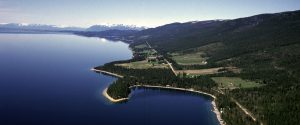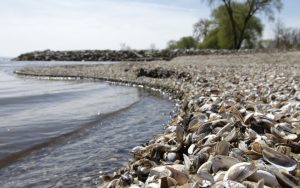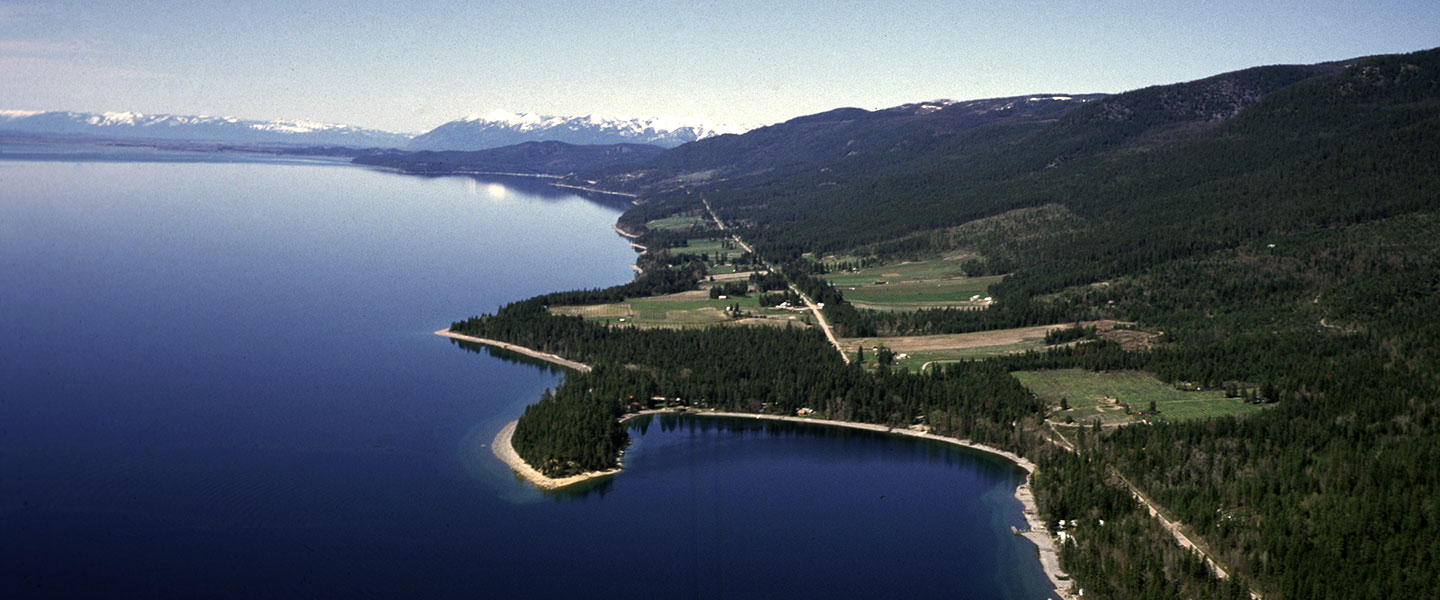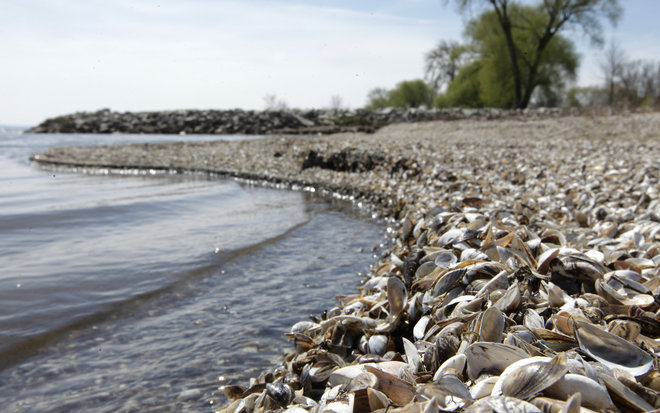
This is interesting.
Late last year, Montana DNRC managed to kill funding for the Flathead Basin Commission. The FBC had been getting a little too pushy, especially in regards to Aquatic Invasive Species (AIS) prevention efforts. Well, it appears those annoying folks popped right back up as an independent organization named Watershed Protection Advocates . . .
A new player has emerged in the fight for the protection of the region’s waters, and next month the Watershed Protection Advocates of Northwest Montana will begin filling out its own “report card” on other agencies in the region.
The new advocacy group was formed by a number of former Flathead Basin Commission board members after the Flathead Basin Protection Fund pulled its financial support of the commission.
Watershed Protection Advocates is chaired by former Flathead Basin Commission chairperson Jan Metzmaker, and former Flathead Basin Commission Executive Director Caryn Miske is the sole contractor for the new advocacy group. Miske was terminated form her position on the commission in February following a series of allegations of misconduct made by Department of Natural Resources and Conservation officials.



